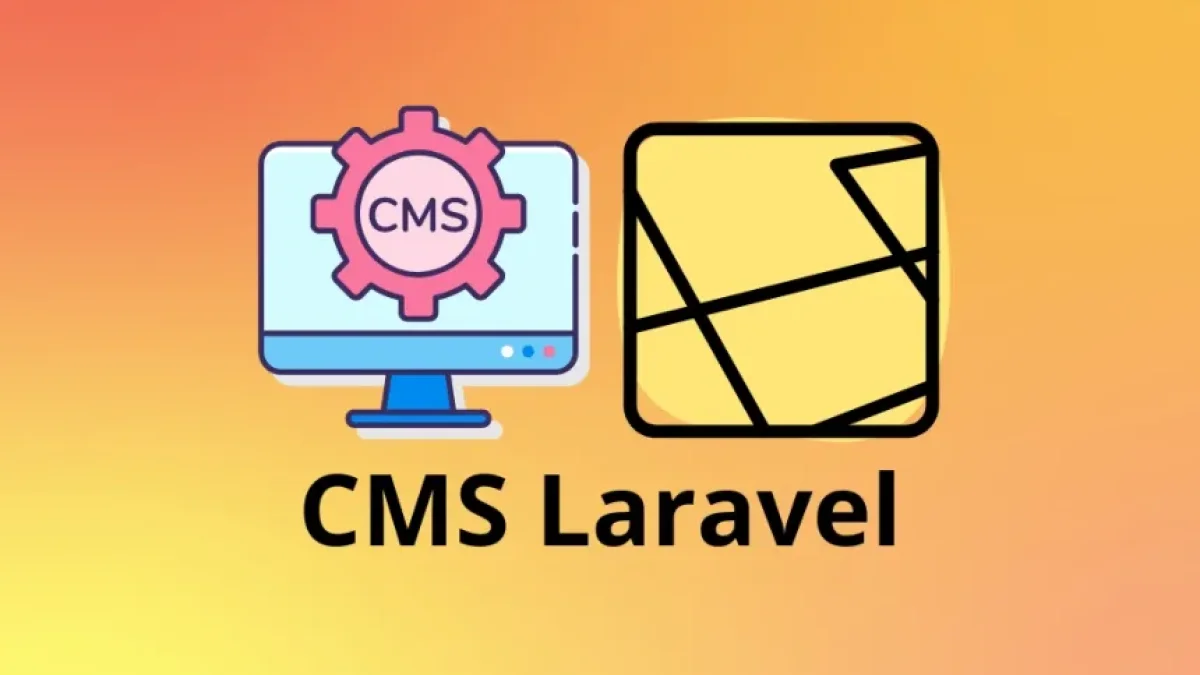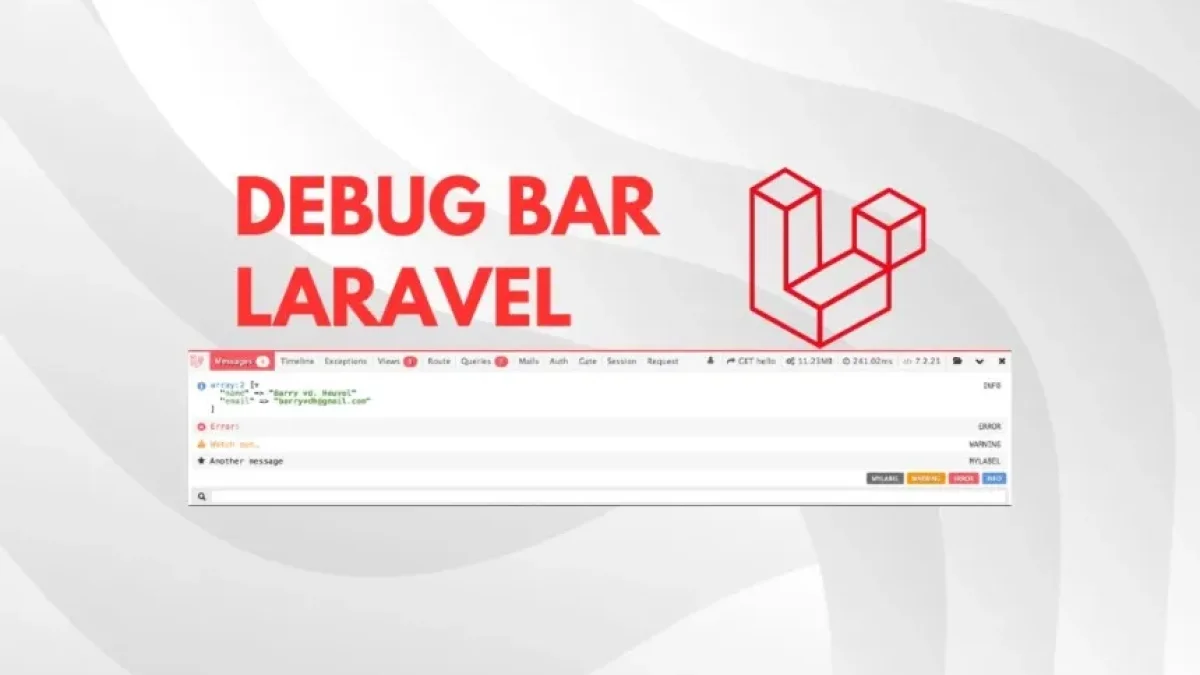Learn how to implement rate limiting in your Laravel API.


Efficient traffic management in an API is vital to ensure its performance and stability. One of the best practices to achieve this is to implement rate limiting, a technique that allows you to control the number of requests made by a user or client in a specific time period. In this article, we explain how you can implement this functionality in your API developed with Laravel.
What is Rate Limiting?
Rate limiting is a mechanism used to limit the number of requests that a client can make to an API within a specific time interval. This practice is essential to protect your resources, prevent abuse, and provide a better experience for all users of your application. Without rate limiting, an API can become overwhelmed, potentially leading to slow operations or even service outages.
Advantages of Implementing Rate Limiting
Implementing rate limiting in your API brings multiple benefits:
- Prevention of abuse: Limits a user's ability to make an excessive number of requests.
- Performance improvement: Helps maintain the stability and responsiveness of the API, benefiting users who adhere to the rules.
- Resource protection: Keeps your infrastructure safe from DDoS attacks or any kind of excessive usage.
How to Implement Rate Limiting in Laravel
Laravel makes it easy to implement rate limiting through its built-in middleware. Below are the basic steps to configure it:
Read also
Step 1: Configure the Middleware
Within your Laravel project, the ThrottleRequests middleware is already included by default. This middleware allows you to define limits on the number of requests a user can make in a specific timeframe. To activate this feature, you just need to configure the api.php file located in the routes directory.
Route::middleware('throttle:60,1')->group(function () {
// Your API routes go here
});In this example, a maximum of 60 requests per minute is allowed.
Step 2: Customize the Limits
Laravel allows you to customize the limits according to your application's needs. You can define different limits based on user type or role within your system. To do this, you can create a custom middleware or extend the existing middleware.
Read also
Step 3: Responding to Limit Reached
When a user exceeds the request limit, Laravel automatically returns a HTTP 429 (Too Many Requests) response code. However, you can customize this behavior to send a clearer message. Modify the handle method of the middleware:
public function handle($request, Closure $next)
{
// Logic to handle rate limiting
}Measurement and Monitoring
Monitoring the usage of your API is crucial. You can use analytics tools to review the number of requests made and how restrictions are applied. This will allow you to adjust the limits if necessary.
Conclusion
Implementing rate limiting is an excellent way to ensure the efficiency and security of your API in Laravel. Following the steps outlined will help you establish proper control over traffic and improve the user experience.
If you want to learn more about topics related to API development and Laravel, I invite you to read more articles on my blog. Don’t miss out!



















